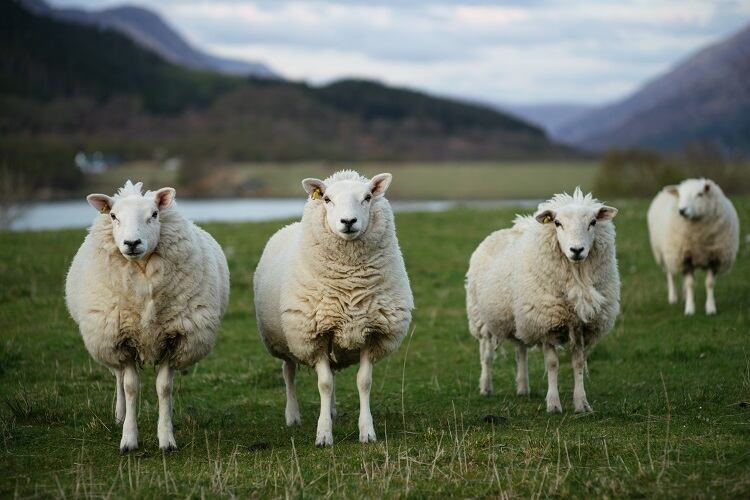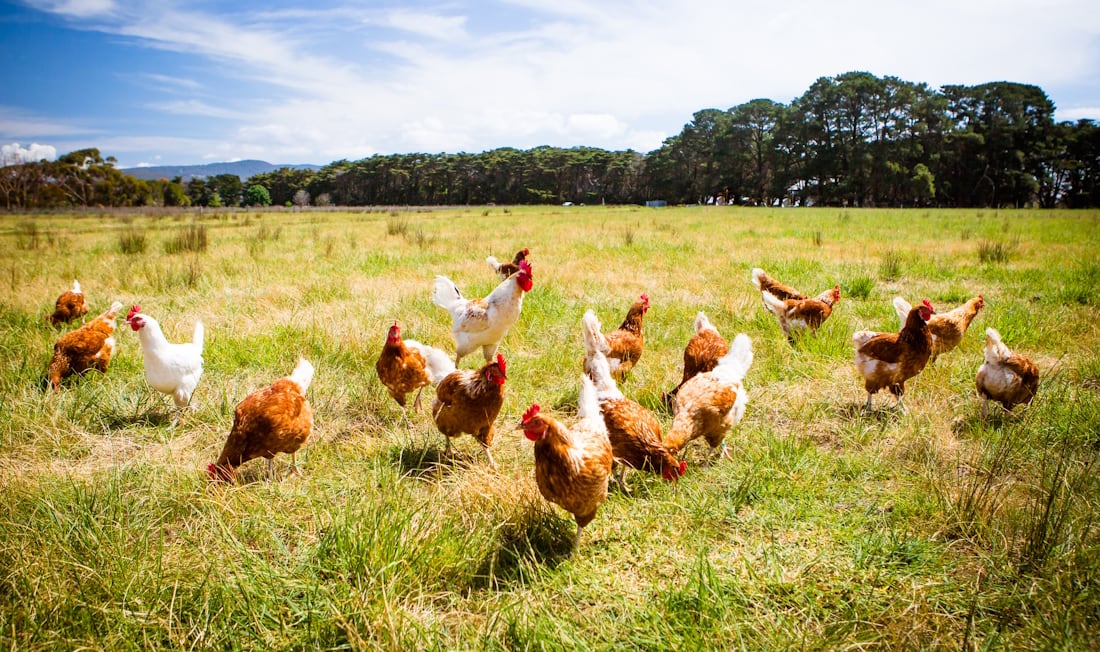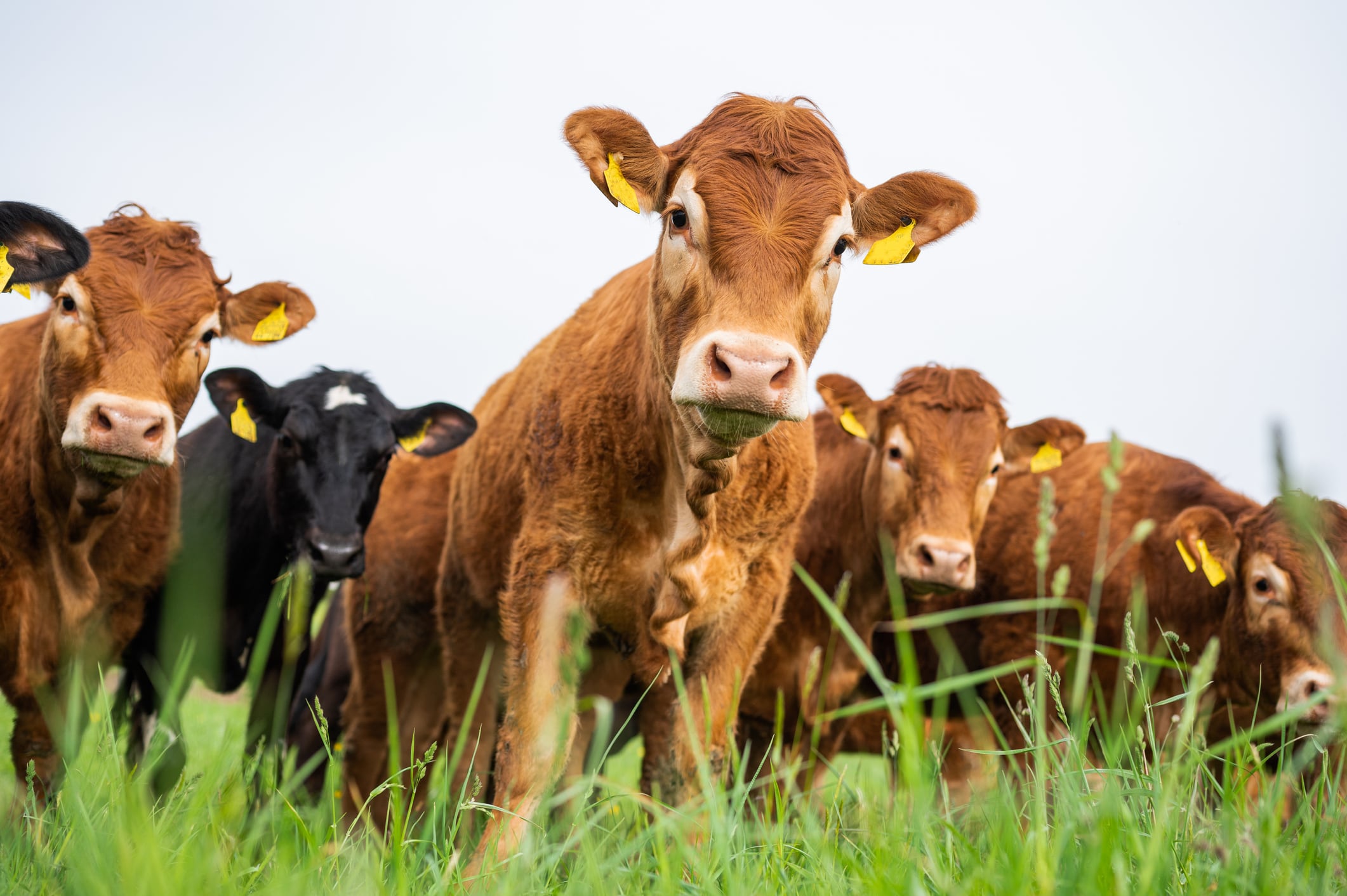Sheep meat production is forecast to increase by 2% this year, reaching 272,000 tonnes, largely supported by a higher carryover of lambs from 2024. This will contribute to higher slaughter numbers in the first half of the year.
However, the lamb crop for 2025/26 is predicted to fall by 2% compared to the previous year, bringing the total to 15.5 million head, primarily driven by a reduction in the size of the female breeding flock – which has been shrinking steadily – and is forecast to reduce by 2.5% year-on-year.
Reduction in breeding flock
Becky Smith, AHDB senior analyst (livestock), said: “The reduction in the breeding flock is a key concern for the long-term sustainability of the sheep meat sector. While the carryover of 2024-born lambs will boost slaughter numbers in the short term, the overall forecast for 2025 reflects ongoing challenges in maintaining flock sizes, which will impact lamb production in the years to come.”
Demand for UK lamb is expected to remain robust in some markets, with exports expected to grow 0.9% this year. The EU continues to be the main source for demand, with France being the largest market for UK sheep meat.
Higher domestic supply will see imports drop an anticipated 13% – though they remain at a historic high. In terms of domestic demand, retail and foodservice consumption of lamb is projected to decrease by 2% year-on-year following the exceptional demand in 2024. This was attributed to a combination of economic uncertainty and an expectation of fewer promotional deals.
Demand for lamb
“The economic climate will certainly play a role in shaping consumer demand for lamb in 2025,” Smith added. “With less emphasis on deep promotions and potentially lower spending, we expect some softening in demand. However, added-value products like ready-to-cook lamb cuts and meal deals could help sustain interest in the category, especially in the retail sector.”
Production of lamb in the first half of 2025 is expected to be higher, thanks to the carryover of lambs, but clean sheep slaughter in the second half is predicted to remain steady. This more typical slaughter pattern, coupled with the expectation of stable carcase weights, means total production for the year should see a modest increase.
Meanwhile, Halal meat accounted for 30% of UK lamb sales last year, according to the AHDB. What’s more, 80% of halal consumers eat lamb weekly, while 64% said they consume mutton weekly – compared with only 6% of the general UK population eating lamb.





